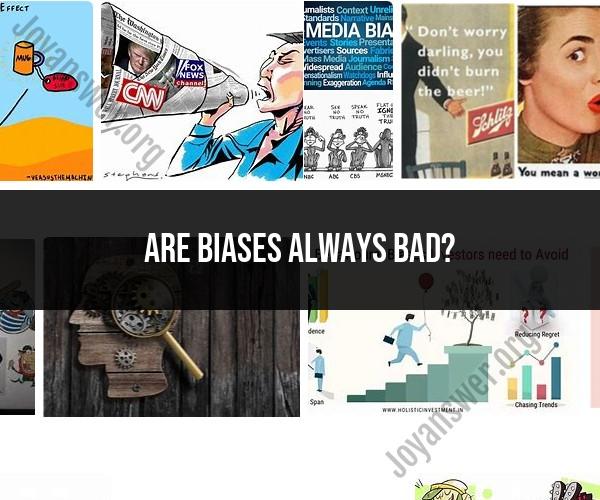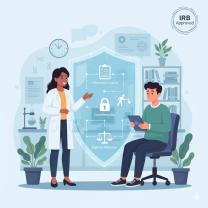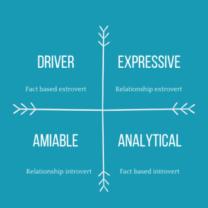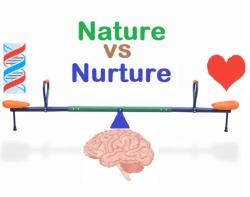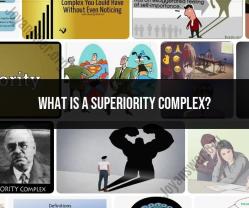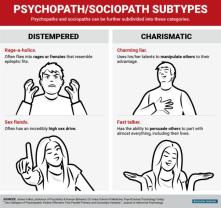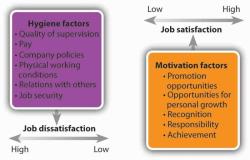Are biases always bad?
Biases are not inherently good or bad; rather, their impact depends on the context and the consequences of their application. While biases are often associated with negative outcomes, there are situations where biases can be beneficial or serve a useful purpose:
Safety and Survival: Biases can help individuals make quick decisions in potentially life-threatening situations. For example, if someone encounters a snake in the wild and has a bias toward assuming all snakes are venomous, they may react cautiously, which could be a lifesaving instinct.
Efficiency: Biases can be time-saving and efficient in everyday decision-making. For example, relying on past experiences and biases when choosing a familiar and trusted brand of a product can simplify the decision-making process.
Social Cohesion: Biases can help individuals feel a sense of belonging and connection to their social or cultural groups. These biases can strengthen group identity and cohesion.
Learning and Generalization: Biases can aid in the process of learning and generalization. For instance, if someone has a positive bias toward experiences involving certain foods, they may be more willing to try new dishes within that category.
Resource Allocation: Biases can be used to prioritize resources or attention in situations where making individualized judgments for every case is impractical. For example, healthcare professionals may use triage systems to allocate resources during emergencies based on biases such as the severity of injuries.
Efficient Problem-Solving: In some cases, cognitive biases like heuristics can help individuals make reasonably accurate decisions quickly, especially when dealing with complex or uncertain information.
Pattern Recognition: Biases can facilitate pattern recognition, which is crucial for identifying trends, anomalies, or potential risks. Experts often rely on their domain-specific biases to make informed decisions.
Creativity: Biases can sometimes be a source of creativity and innovation. Unconventional thinking or challenging existing norms can be driven by biases against the status quo.
It's essential to recognize that not all biases are harmful or problematic. The key is to distinguish between biases that serve useful purposes in specific contexts and biases that lead to discrimination, unfairness, or irrational decision-making. Additionally, individuals and societies should continually strive to mitigate harmful biases, promote fairness, and ensure equal opportunities for all, while appreciating the value of certain biases in specific situations.
Are Biases Inherently Negative? A Deep Dive into Bias Types
Biases are mental shortcuts that we use to make sense of the world around us. They can be helpful in some situations, but they can also lead us to make inaccurate judgments.
There are many different types of biases, but some of the most common include:
- Confirmation bias: This is the tendency to seek out and interpret information in a way that confirms our existing beliefs.
- Availability bias: This is the tendency to overestimate the likelihood of events that are readily available in our minds.
- Anchoring bias: This is the tendency to rely too heavily on the first piece of information we receive when making a decision.
- Representativeness heuristic: This is the tendency to judge the likelihood of an event based on how similar it is to other events that we know about.
- Affect heuristic: This is the tendency to make decisions based on our emotions rather than on logic.
The Complex World of Biases: Exploring the Good and the Bad
Biases can have both positive and negative consequences. For example, confirmation bias can lead us to ignore important information that contradicts our beliefs, but it can also help us to focus on the information that is most relevant to us. Availability bias can make us more susceptible to misinformation, but it can also help us to make quick decisions in dangerous situations.
Here are some examples of the positive and negative consequences of biases:
Positive consequences:
- Confirmation bias: Confirmation bias can help us to focus on the information that is most relevant to us and to make decisions more quickly.
- Availability bias: Availability bias can help us to make quick decisions in dangerous situations.
- Representativeness heuristic: Representativeness heuristic can help us to make quick judgments about people and situations.
- Affect heuristic: Affect heuristic can help us to make decisions that are aligned with our values and goals.
Negative consequences:
- Confirmation bias: Confirmation bias can lead us to ignore important information that contradicts our beliefs.
- Availability bias: Availability bias can make us more susceptible to misinformation.
- Representativeness heuristic: Representativeness heuristic can lead us to make inaccurate judgments about people and situations.
- Affect heuristic: Affect heuristic can lead us to make decisions that are not in our best interests.
Understanding Human Bias: When Is It Harmful, and When Is It Beneficial?
It is important to understand that biases are a natural part of human cognition. They are the way that our brains process information in order to make sense of the world. However, it is also important to be aware of our biases and to take steps to overcome them when necessary.
Here are some tips for overcoming bias:
- Be aware of your own biases. The first step to overcoming your biases is to be aware of them. You can do this by paying attention to your thoughts and feelings, and by being open to the possibility that you may be wrong.
- Challenge your assumptions. When you make a judgment, challenge your assumptions and ask yourself if there is any evidence to support them. You should also be open to considering other perspectives.
- Seek out diverse opinions. You should seek out diverse opinions and information, even if it challenges your existing beliefs. This will help you to see the world from different perspectives and to avoid confirmation bias.
- Use logic and reason. You should make decisions based on logic and reason, rather than on your emotions. This will help you to avoid affect heuristic and other biases.
By being aware of our biases and taking steps to overcome them, we can make better decisions and live more fulfilling lives.
In conclusion, biases are not inherently negative. They can have both positive and negative consequences. It is important to be aware of our biases and to take steps to overcome them when necessary.
